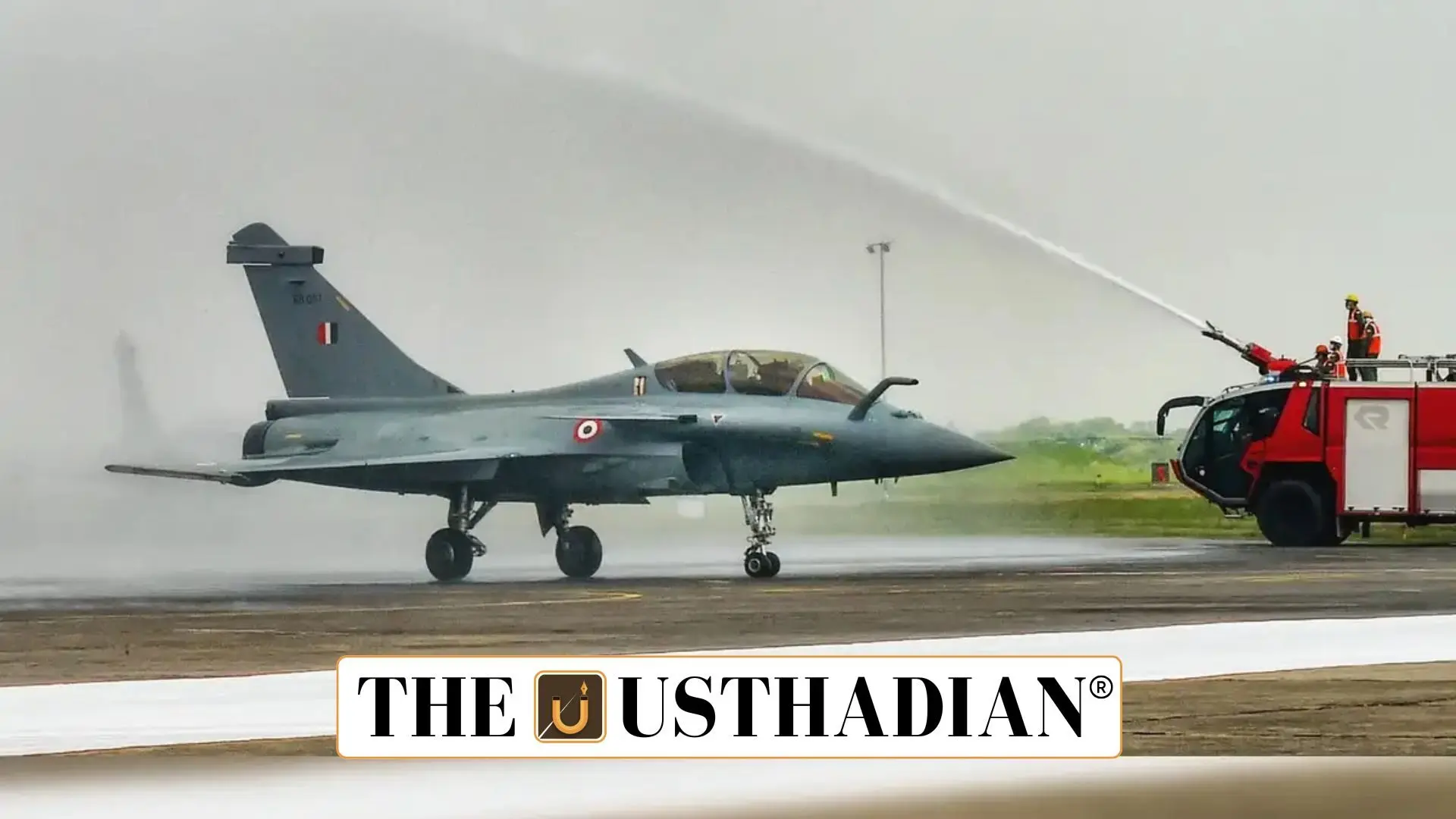Simulated Combat in High-Stakes Terrain
Indian Air Force Conducts Exercise ‘Aakraman’ with Rafales and Su-30s: The Indian Air Force recently conducted Exercise ‘Aakraman’, a series of high-intensity military drills designed to simulate airstrikes on mountainous and ground targets. Conducted amid rising India-Pakistan tensions, the exercise reaffirmed the IAF’s preparedness to counter any threat. Featuring Rafale and Su-30MKI fighter aircraft, the drills focused on electronic warfare, live fire exercises, and deep penetration strikes—key elements of modern aerial combat strategy.
Rafales and Su-30MKIs Lead the Operation
The exercise prominently featured Dassault Rafales, known for their superior agility, radar-evading stealth, and precision strike capabilities. Deployed from bases in Ambala and West Bengal, the Rafales were supported by Su-30MKIs, India’s multi-role air dominance fighters. Together, these aircraft participated in targeted missions over rugged terrain, simulating real-world scenarios of combat in Himalayan sectors.
Technology-Driven Combat Preparedness
Exercise ‘Aakraman’ highlighted the integration of Meteor air-to-air missiles and Rampage ground-attack missiles, providing unmatched range, accuracy, and deterrent capabilities. The S-400 air defense system, capable of neutralizing enemy aircraft and surveillance threats, was also operationalized during the drills. These systems ensure layered defense and allow India to maintain strategic superiority in hostile airspace.
Training, Supervision, and Strategic Readiness
Elite “Top Gun” pilots and high-ranking instructors oversaw the operations, ensuring the highest standards of execution. With Air Headquarters closely monitoring the outcomes, the exercise focused on real-time response, advanced tactics, and offensive air operations. The use of electronic warfare techniques to disrupt simulated enemy radar and communications further demonstrated India’s growing strength in non-kinetic warfare domains.
Regional Security Implications
Held shortly after the Pahalgam terror attack that claimed 26 lives, Exercise ‘Aakraman’ was seen as a demonstration of India’s deterrence posture and operational readiness. Pakistan’s missile test off the Karachi coast during the same period has only added to the regional strategic tension. India’s rapid mobilization and execution of high-end drills signal a strong response to cross-border threats and reinforce its air superiority doctrine.
STATIC GK SNAPSHOT
Indian Air Force Conducts Exercise ‘Aakraman’ with Rafales and Su-30s:
| Category | Details |
| Exercise Name | Exercise ‘Aakraman’ |
| Organised By | Indian Air Force |
| Main Aircraft | Rafale Jets, Su-30MKI |
| Weapons Tested | Meteor Missiles, Rampage Missiles |
| Defense Systems Used | S-400 Air Defense System |
| Key Features | Ground Attack, Electronic Warfare, Live Fire Drills |
| Supervision | “Top Gun” pilots, IAF HQ |
| Strategic Context | Post-Pahalgam Terror Attack, Pakistan Missile Test |
| Objective | Test air strike capabilities, enhance readiness and deterrence |








